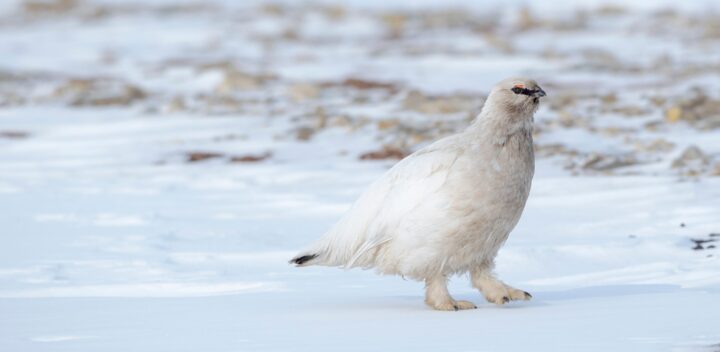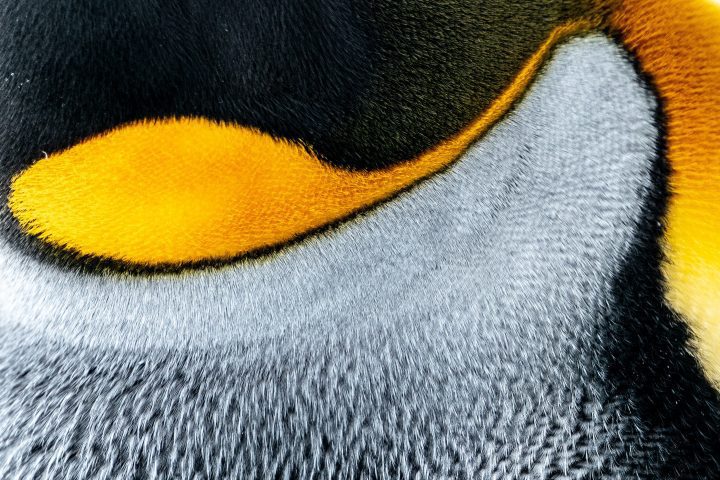The sweat glands of many mammals aid thermoregulation through evaporative cooling.
“Sweat s play an extremely important part in temperature control. Shaped like a tube, knotted at the bottom and opening out of the epidermis at a ‘pore’, sweat glands secrete a colourless liquid which evaporates on the surface of the skin removing excess heat…There are two kinds of sweat glands: apocrine, associated with hairy skin, and eccrine, associated with smooth. Apocrine glands seem to be concerned mainly with producing scented secretions, and are progressively replaced in the more advanced mammals – gorillas, chimpanzees, and especially man – with eccrine glands, whose secretion dilutes and spreads that of the apocrine glands.” (Foy and Oxford Scientific Films 1982:79)
“From the evidence of comparative mammalian physiology, we suggest that the very common apocrine sweat gland is not primitive but is both specialized and efficient as a cooling organ in an animal with a heavy fur coat and relatively slow movement. The remarkable thermal eccrine sweating system of humans probably evolved in concert with bipedalism, a smooth hairless skin, and to open country by the ancestors of H. sapiens.” (Folk and Semken 1991:185)






